Dysphagia lusoria is an impairment of swallowing due to compression from an aberrant right subclavian artery (arteria lusoria).
On this page:
Clinical presentation
Most patients with aberrant right subclavian arteries do not have symptoms. Some present with mild dysphagia, while a small minority have a severe cough during swallowing that leads to a disturbed swallow and severe nutritional problems.
In children, the most common presentations are stridor and recurrent chest infections, maybe due to their tracheal softening compared to the adult population.
The diagnosis of dysphagia lusoria is always difficult and late as the symptoms are often non-specific at the same time, diagnostic endoscopy is negative in more than 50% of cases, and manometry has no diagnostic role.
Compression of the oesophagus by the aberrant right subclavian artery can be exacerbated by atherosclerosis or aneurysmal dilatation.
Radiographic features
Plain radiograph
Chest radiographs can demonstrate enlargement of the superior mediastinum shadow.
Fluoroscopy
Barium study of the oesophagus can show the indentation on the posterior oesophageal wall by the artery.
CT/MRI
CT angiography and chest MRI are the best diagnostic modalities that can detect the arteria lusoria.
History and etymology
The word lusoria comes from the Latin phrase "lusus naturae", meaning "freak of nature", which refers to the anomalous course of the artery.
The term was coined by the English surgeon, David Bayford (1739-90) when he described the case of a female patient with "obstructed deglutition" due to an anomalous subclavian artery. Bayford, whilst still an apprentice surgeon, attended the patient's autopsy in 1761, at which he found the anomalous arterial course. In his described case the artery passed between the trachea and oesophagus which is the second commonest course. Yet he did not publish the findings until 28 years later in an oral presentation in 1787, and it was only published in written form in 1789! Thereafter, for many years the condition was also known as Bayford syndrome 1,6,7.
Differential diagnosis
As adult-onset of dysphagia lusoria is rare, it should prompt evaluation for other reasons such as malignancy, vascular disease, or gastro-oesophageal reflux disease 3-5.


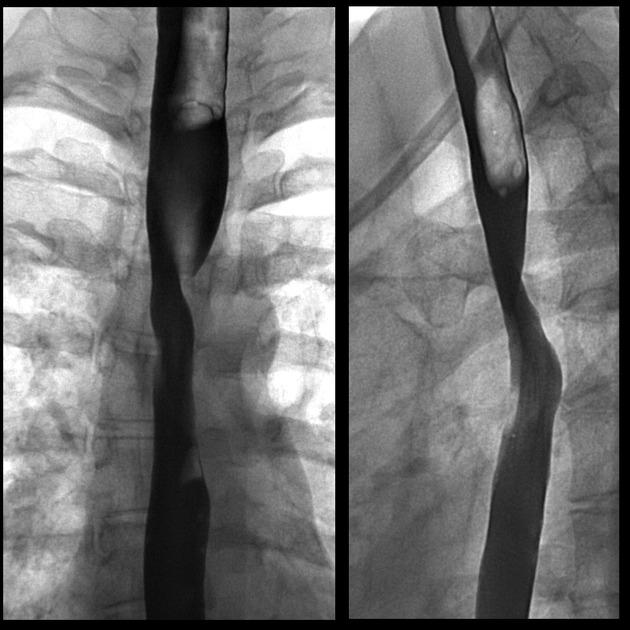
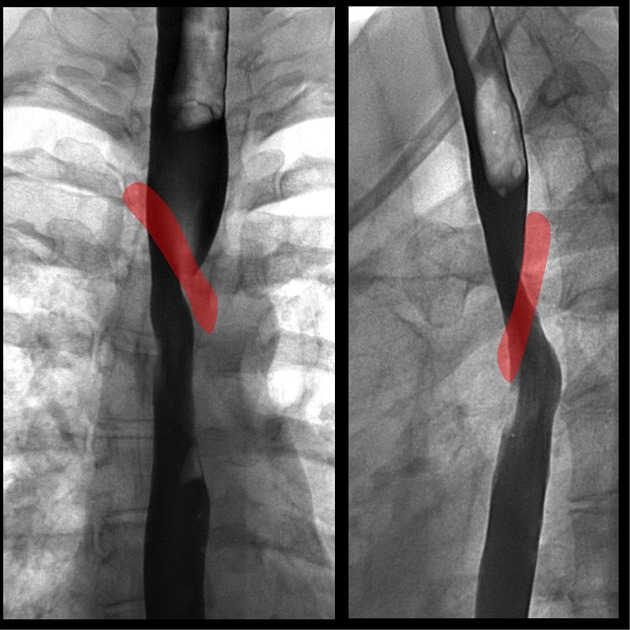
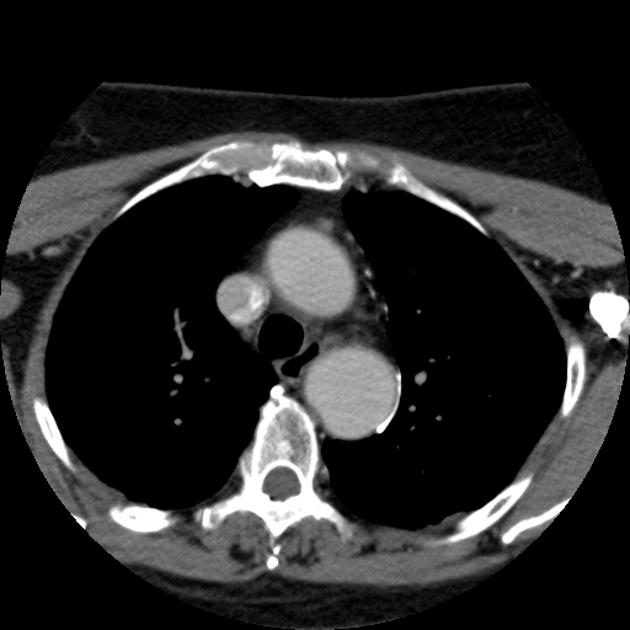

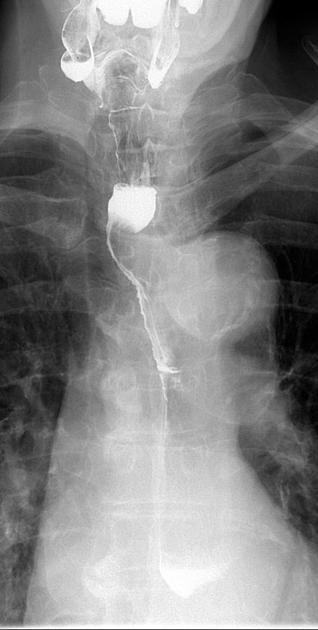
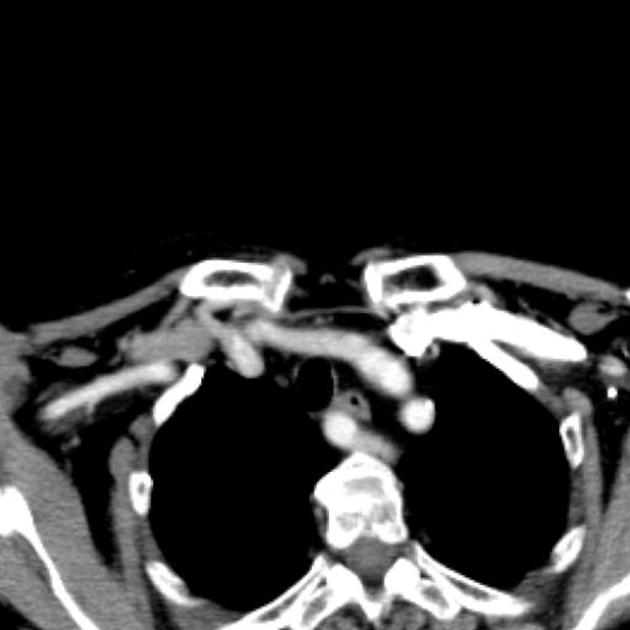

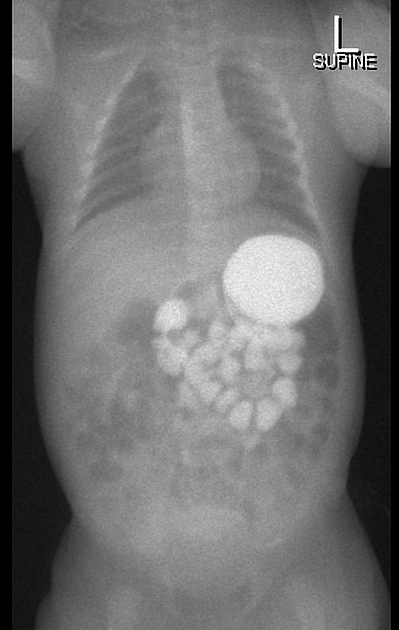
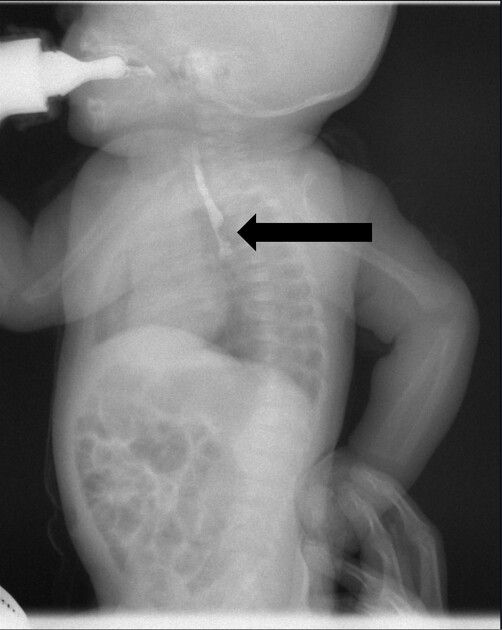






 Unable to process the form. Check for errors and try again.
Unable to process the form. Check for errors and try again.